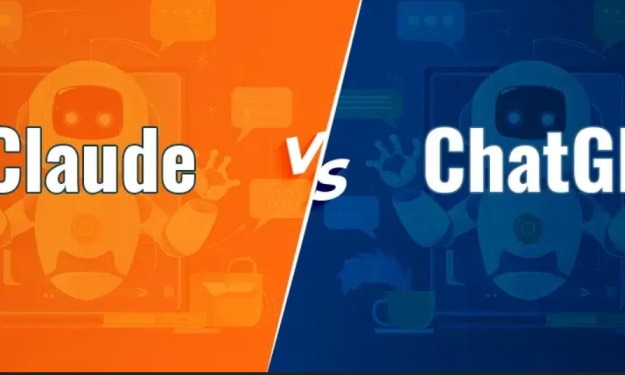
Introduction:
Take a captivating journey through the history of animation, from the first hand-drawn masterpieces to the modern computer miracles that define the 2D animation world today. In this wide journey, we'll go through the artistic timeline that has molded and continues to shape the fascinating world of 2D animation. Join us as we explore the subtleties of this art form, from its origins with pencil and paper to the sophisticated digital tools of today.
I. The Genesis of 2D Animation :
Our trip began in the early twentieth century when visionaries such as Walt Disney and Max Fleischer established the art of 2D animation. The Golden Age of Hollywood saw the development of renowned characters like Mickey Mouse and Betty Boop, which were immortalized via animators' exquisite skill. These hand-drawn masterpieces not only amused audiences but also paved the way for a narrative medium that would cross cultural barriers and attract viewers all over the world.
During this time, animation became a potent instrument for transmitting messages and emotions, in addition to being used for pleasure. Cartoons evolved into a form of political and social commentary, addressing current concerns through satire and humor. Characters like Bugs Bunny and Popeye became cultural icons, capturing the spirit of the time.
II. The Golden Age and Beyond :
As we move deeper into the Golden Age of Animation, we see the evolution of 2D techniques. Studios like Warner Bros. and Hanna-Barbera pioneered imaginative storytelling and character design, producing enduring masterpieces like Bugs Bunny and The Flintstones. The medium evolved, incorporating new technology such as the multiplane camera, which provided depth and dimension to animated worlds.
The Golden Age was not limited to the United States; other animation firms made substantial contributions. Japanese animation pioneer Osamu Tezuka, also known as the "God of Manga," transformed the anime business by combining traditional Japanese creative aspects with Western storytelling techniques.
III. Technological Revolution: From Cells to Pixels :
With the introduction of digital technologies in the second part of the twentieth century, animation saw a paradigm change. Traditional hand-drawn animation coexisted with computer-generated imagery (CGI), enabling new levels of inventiveness. Disney's "The Little Mermaid" sparked a revival of traditional animation, while innovative films like "Toy Story" demonstrated the possibilities of 2D's three-dimensional sibling.
This era saw a dynamic blend of traditional and digital techniques, resulting in a varied range of animated films and programs. The transition from hand-drawn cels to digital platforms was not without difficulties, but it sparked a renaissance in storytelling possibilities. Pixar and DreamWorks Animation emerged as powerhouses, pushing the limits of animation's potential.
IV. Contemporary Marvels: 2D Animation in the Digital Age:
In the twenty-first century, 2D animation blends smoothly with digital tools, ushering in a new era of innovation. Studios like Studio Ghibli continued to enchant audiences with hand-drawn classics like "Spirited Away," demonstrating the timeless attraction of traditional animation. Simultaneously, developments in software enabled freelance animators to experiment with new styles and themes, defying established norms.
The digital age democratized animation by making it possible for budding animators to bring their thoughts to life through internet platforms and affordable software. Crowdfunding campaigns became a feasible way for independent animators to fund their projects, resulting in a renaissance of diverse and creative storytelling.
The development of streaming services has further altered the landscape, providing a global platform for both big studios and freelance animators. Audiences can now access a wide range of 2D animated content, from traditional storytelling to experimental and avant-garde works.
Conclusion :
As we complete our extensive tour through the evolution of 2D animation, we are struck by the medium's everlasting charm and adaptability. From its humble beginnings to the digital age, 2D animation exemplifies the timeless power of storytelling and artistic expression. Join us in honoring the rich tapestry of talent that continues to define the exciting world of 2D animation, a medium that has not only endured but has developed into an ever-expanding canvas for limitless imagination. As technology advances and storytelling styles evolve, the future of 2D animation looks to be as fascinating and dynamic as its illustrious history.
About the Creator
Arrowsoft
The Technology Partner to All Your Business Needs






Comments
There are no comments for this story
Be the first to respond and start the conversation.